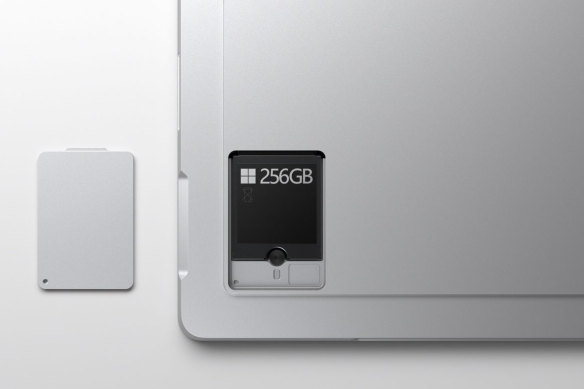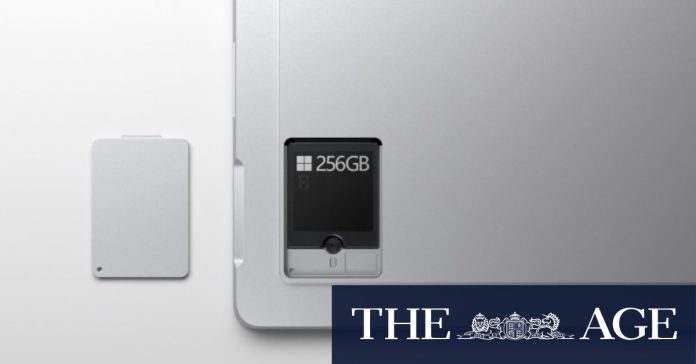[ad_1]
When buying a new phone, laptop, tablet or other device, you are often presented with a number of options, depending on how much storage space you need. But with the price of storage continually falling, can you get away with spending less and installing your own solution?
The answer, as is often the case, is that it depends. Those looking at iPhones and iPads are more or less out of luck, as Apple only allows limited functions with attached external storage. However, for other devices, you can save hundreds of dollars by sourcing your own cards, sticks or solid-state drives (SSDs).

Some laptops have easily accessible SSDs. Always check your device’s requirements before buying a new one.
SD Cards and USB drives
Generally speaking, these kinds of storage devices are designed to be portable and move between devices but, in some cases, you can use them to permanently expand your storage space. For example, on a new MacBook Air, the difference between a 256 gigabyte model and a 1 terabyte model is $600, but you can get an extremely fast USB-C drive for much less – the LaCie Rugged Mini is $300 for 1TB. Obviously, having it hanging off your laptop at all times isn’t ideal, but you could use it to install your work apps, then leave it at your desk. If you don’t need the speed and only want to store documents and such, you might only need to spend $150 for 1TB.
The same thing applies to Windows PCs where often the price difference between models is large because the ones with more storage also have more RAM or faster processors. The only thing to watch out for is that the speed of your USB-C ports can handle fast external drives. Look up your PCs specs, and they should support USB 3.2 or USB 4, or might say Thunderbolt 3 or 4.
Loading
If your device has an SD or MicroSD reader, you can easily and cheaply expand the storage. So, for example, Samsung’s Galaxy A55 smartphone only has 128GB of internal storage, which looks tiny compared to most other phones. However, a good quality 256GB card triples the storage for about $30.
At the extreme end, you could buy a 1TB card for around $150, meaning you could save a lot of money by opting for a less spacious model of MacBook Pro or Dell XPS. Keep in mind an SD card will be slower for sustained performance than the drive inside your laptop, so big transfers take longer.
Speed classifications for SD cards are extremely complicated, and most units are covered in arcane logos and specifications. But to keep things simple, your card should have either a numeral 1 or 3 inside a U-shaped bucket (which is related to the card’s speed class), or a stamp of A1 or A2 (which classifies it as being able to run apps). Just as importantly, stick to trusted sellers and known brands like SanDisk, Samsung and Kingston, as there are many dodgy SD cards.
[ad_2]
Source link


